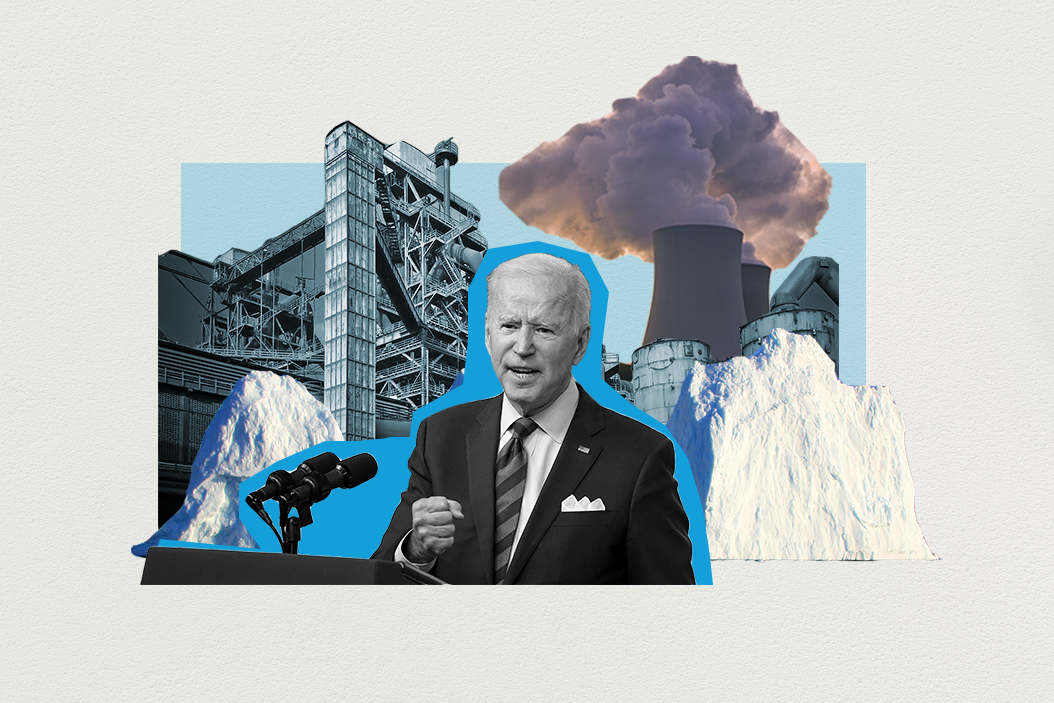November 02, 2021
The methane reduction club: It's easy to be cynical about the tokenistic gestures and subpar commitments being made (by some) at COP26. But there are also some crucial developments coming out of the meeting. Over 90 countries have signed onto a US/EU-sponsored pledge to reduce methane emissions by 30 percent compared to 2020 levels by the end of the decade. Though methane is not as rife as carbon, it is way more potent in warming the planet. The Global Methane Pledge now includes commitments from half of the world's top methane emitters, but not the top three: China, Russia, and India. Still, the pledge, which requires states to fix oil and gas leaks as well as reduce methane emissions from agriculture through alternative maintenance schemes, is a big deal because over a century, methane could be up to 34 times as warming as carbon dioxide. The Biden administration, for its part, says that tackling methane emissions buys more time to deal with the climate crisis, and that the Environmental Protection Agency will soon require US states to reduce methane emissions at sources including 300,000 oil and gas sites – many of which are in red states that might not be super cooperative.
African interests at COP: Over a decade ago, wealthy nations pledged $100 billion annually to help poor countries reach their climate goals by 2020, but some of the cash wasn't handed over. Many African leaders at COP26 are determined for rich countries to make good on their promise so that they can actually finance green projects. But on top of the financing conversation, at the top of the agenda is the issue of setting mutually-accepted expectations of what's possible. Overall, the continent is not industrialized, and many African leaders say that demanding a swift move to a fuel efficient economy when they don't have the money or resources for a smooth transition will harm the poor and vulnerable. They want rich countries to chip in more to help, because African nations are extremely vulnerable to the climate crisis despite having contributed very little to the underlying problem. In a positive development, however, the US, EU, and the UK pledged to help coal-hungry South Africa ditch the fossil fuel – which will hopefully serve as a model for the developing world.
More For You
- YouTube
On Ask Ian, Ian Bremmer breaks down the steady escalation of US pressure on Venezuela and why direct military action is now a real possibility.
Most Popular
Global conflict was at a record high in 2025, will 2026 be more peaceful? Ian Bremmer talks with CNN’s Clarissa Ward and Comfort Ero of the International Crisis Group on the GZERO World Podcast.
- YouTube
On Ian Explains, Ian Bremmer takes a look at the growing surge in global conflict and the ripple effects of so much violence, war, and armed struggle throughout the world.
Immigration and Customs Enforcement (ICE) agents check the identity documents of a group of agricultural workers at a grocery store parking lot during an immigration raid in Mecca, California, U.S. December 19, 2025.
REUTERS/Daniel Cole
A year into US President Donald Trump’s second term, America’s immigration policy has undergone one of its most sweeping resets in decades.
© 2025 GZERO Media. All Rights Reserved | A Eurasia Group media company.
